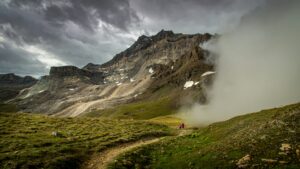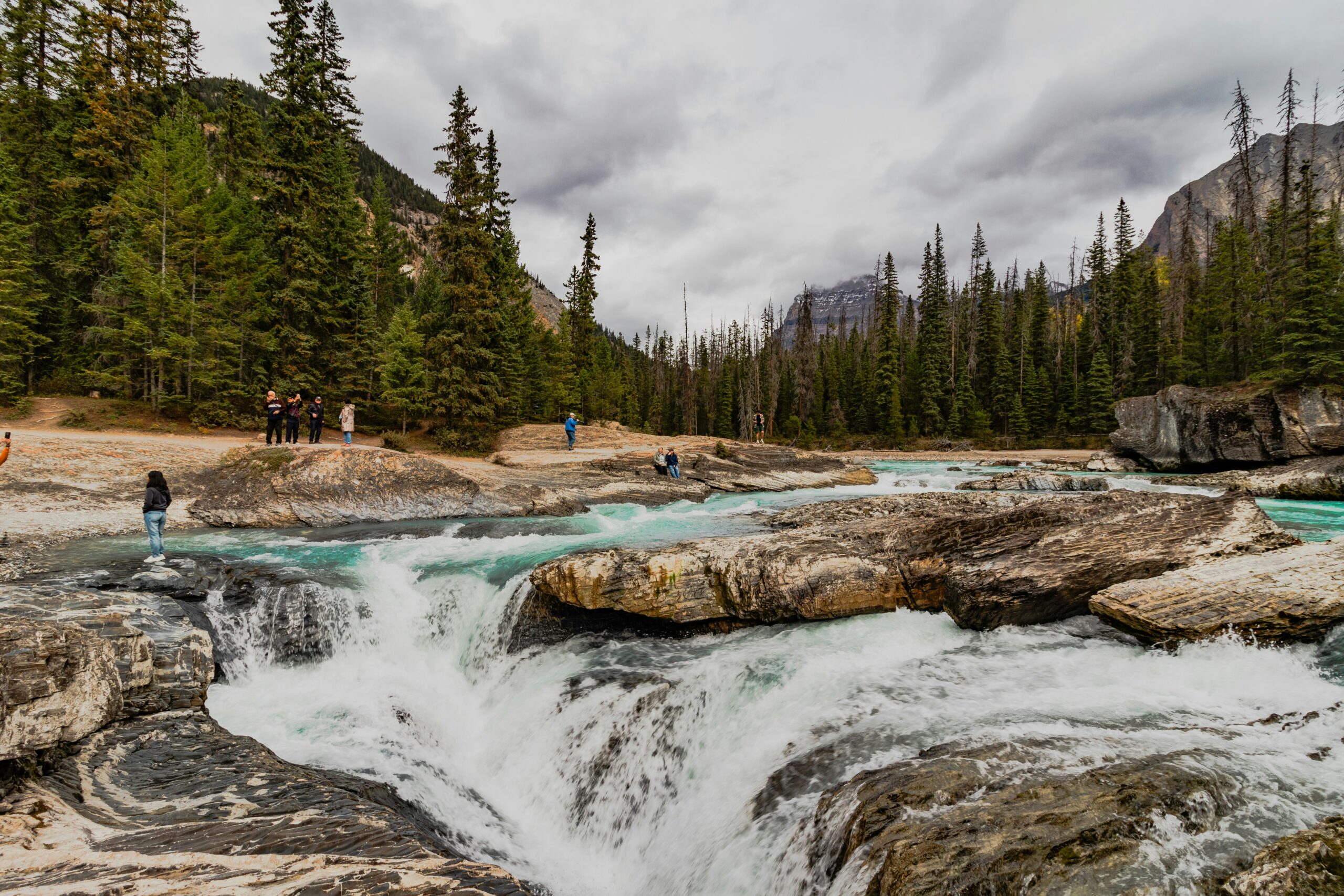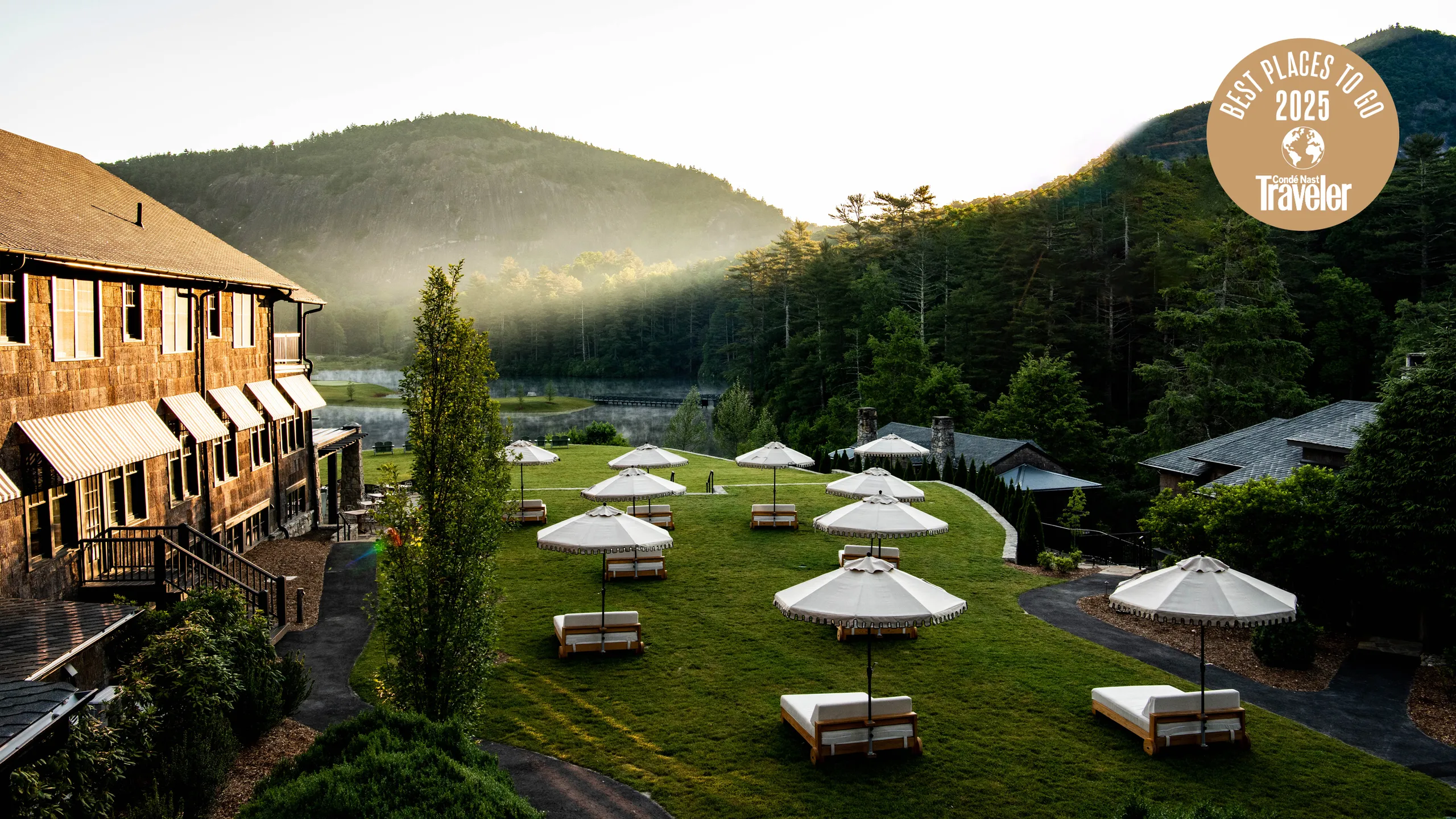The call of the wild is impossible to ignore. It’s that itch to push your limits, to feel your heart race as you scale a sheer cliff or paddle through raging rapids. I’ve chased that thrill myself, from nearly slipping off a rocky ledge in Yosemite to riding the adrenaline of a whitewater run in West Virginia. For extreme outdoor enthusiasts, America’s national parks are the ultimate playgrounds, offering raw, untamed landscapes that demand skill, grit, and respect for nature. In 2025, these seven national parks stand out as the best for heart-pounding adventures. Whether you’re a climber, paddler, or backcountry skier, this guide will help you plan an unforgettable trip.
Why National Parks Are Perfect for Extreme Adventures
National parks aren’t just pretty views—they’re arenas where nature tests your mettle. From Denali’s frozen peaks to Zion’s slot canyons, these protected lands offer diverse terrains for adrenaline junkies. In 2025, improved park access and gear innovations make these destinations more thrilling than ever.
What Makes an Activity “Extreme”?
Extreme outdoor activities push physical and mental boundaries, often requiring technical skills, specialized gear, and a knack for staying calm under pressure. Think big wall climbing, Class V rafting, or glacier trekking—high-stakes pursuits where preparation is everything.
The Appeal of National Parks
With 63 national parks spanning over 85 million acres, the U.S. offers unmatched variety for thrill-seekers. These parks balance raw wilderness with managed access, providing safe yet challenging environments for extreme sports.
1. Yosemite National Park, California
Yosemite is the mecca for rock climbers, and I’ll never forget my first glimpse of El Capitan’s granite face—it’s both humbling and exhilarating. This park’s towering cliffs and wild rivers make it a top pick for extreme adventures in 2025.
Big Wall Climbing on El Capitan
El Capitan’s 3,000-foot granite face is a bucket-list climb for serious rock climbers. Routes like The Nose demand multi-day ascents, technical expertise, and mental fortitude. Spring and fall offer the best conditions.
Whitewater Rafting on the Merced River
The Merced River’s Class III-IV rapids deliver a wild ride, especially during spring runoff. Guided trips through American Whitewater are ideal for beginners. Book early for May or June.
Pros and Cons
Pros: Iconic climbing routes, diverse activities, accessible from major cities.
Cons: Crowded in peak seasons, permits required for major climbs.
2. Zion National Park, Utah
Zion’s slot canyons and sheer cliffs are a thrill-seeker’s dream. I once rappelled into The Narrows, heart pounding as I navigated icy waters and tight passages—it’s not for the faint-hearted.
Canyoneering in The Narrows
The Narrows requires wading, swimming, and rappelling through a 10-mile slot canyon carved by the Virgin River. Permits are needed, and late spring offers safer water levels. Gear up with Zion Outfitter.
Angels Landing Hike
This exposed 5.4-mile trail with 1,000-foot drops is a test of nerve. Permits are awarded via lottery; apply through NPS.gov. Early morning starts avoid crowds and heat.
Pros and Cons
Pros: Unique canyoneering, stunning scenery, shuttle access.
Cons: Permit lotteries, flash flood risks, crowded trails.
3. Denali National Park, Alaska
Denali is the ultimate test of endurance. I’ve heard climbers talk about the bone-chilling cold and unpredictable storms on North America’s tallest peak—it’s a beast that demands respect.
Mountaineering on Denali
At 20,310 feet, Denali’s summit requires weeks of acclimatization, technical glacier skills, and cold-weather gear. May to June is prime season, but weather can delay climbs. Check NPS.gov for permits.
Glacier Trekking
The park’s glaciers, like those in the Ruth Gorge, offer technical treks for experienced adventurers. Guided trips through Alaska Mountaineering School provide training and safety.
Pros and Cons
Pros: Unmatched wilderness, world-class mountaineering, wildlife sightings.
Cons: Remote access, extreme weather, high costs.
| Park | Activity | Difficulty | Best Season | Permit Required |
|---|---|---|---|---|
| Yosemite | Big Wall Climbing | Expert | Spring/Fall | Yes |
| Zion | Canyoneering | Intermediate-Expert | Late Spring | Yes |
| Denali | Mountaineering | Expert | May-June | Yes |
4. Glacier National Park, Montana
Glacier’s rugged peaks and icy slopes are a haven for cold-weather extremists. I once watched a backcountry skier carve down Bearhat Mountain—pure poetry in motion, but not without serious risk.
Backcountry Skiing
Glacier’s backcountry offers deep powder and steep descents, like the Bearhat Mountain routes. Winter and early spring are ideal, but avalanche training is a must. Check Glacier National Park Conservancy for resources.
Ice Climbing
Hidden ice walls in the park’s remote areas provide challenging routes. January to March is prime time, with guided trips available through Montana Alpine Guides.
Pros and Cons
Pros: Pristine snow, fewer crowds in winter, stunning alpine views.
Cons: Avalanche risks, limited access, extreme cold.
5. New River Gorge National Park, West Virginia

New River Gorge is an East Coast adrenaline hub. I tried whitewater rafting here and felt my stomach drop with every Class V rapid—pure, unfiltered thrill.
Whitewater Rafting
The New River’s Class IV-V rapids are world-class, especially in spring when snowmelt fuels the flow. Book with ACE Adventure Resort for guided trips. April to June is best.
Rock Climbing
With over 1,400 routes, the park’s sandstone cliffs cater to all skill levels. Fall offers cool temps and vibrant foliage. Check New River Climbing School for courses.
Pros and Cons
Pros: Accessible from East Coast, diverse climbing routes, affordable guides.
Cons: Seasonal water levels, limited lodging options.
6. Arches National Park, Utah
Arches’ surreal sandstone landscapes are a canyoneering paradise. I remember squeezing through a narrow slot canyon here, heart racing as I navigated the maze—it’s like nature’s obstacle course.
Canyoneering
Slot canyons like those in the Fiery Furnace require rappelling and scrambling. Permits are needed, and spring or fall avoids extreme heat. Guided tours via Moab Adventure Center are recommended.
Rock Climbing
The park’s sandstone towers offer technical routes for experienced climbers. Avoid summer heat; October is ideal. Check NPS.gov for regulations.
Pros and Cons
Pros: Unique geology, technical routes, fewer crowds off-season.
Cons: Timed-entry reservations, extreme temperatures.
7. Great Sand Dunes National Park, Colorado
Sandboarding down 700-foot dunes with snow-capped peaks in the background? Great Sand Dunes is a surreal thrill. I tried it last year and felt like I was surfing another planet.
Sandboarding
Rent boards from Great Sand Dunes Oasis and hit the dunes in spring or early summer when Medano Creek adds a splashy vibe. No permits needed, but technique matters.
Fat-Tire Biking
The park’s sandy trails are perfect for fat-tire bikes. May to June offers ideal conditions. Rentals are available at Kristi Mountain Sports.
Pros and Cons
Pros: Unique activities, less crowded, affordable entry.
Cons: Limited season for creek flow, sand can damage gear.
| Park | Key Activity | Best Gear | Price Range | Booking Source |
|---|---|---|---|---|
| New River Gorge | Rafting | Helmet, PFD | $100–$150 | ACE Adventure Resort |
| Arches | Canyoneering | Rope, Harness | $120–$200 | Moab Adventure Center |
| Great Sand Dunes | Sandboarding | Sandboard | $20–$40 | Great Sand Dunes Oasis |
Essential Gear for Extreme Adventures
The right gear can make or break your trip. I learned this when my cheap harness slipped during a climb—never again. Here’s what you need for 2025.
Climbing Gear
- Rope: Black Diamond 9.4mm ($180) for durability and lightweight performance.
- Harness: Petzl Adjama ($90) for comfort on multi-pitch routes.
Water Sports Gear
- PFD: NRS Big Water V ($150) for high-flow rapids.
- Dry Bag: Sea to Summit Big River ($40) to protect essentials.
Cold-Weather Gear
- Insulated Jacket: Patagonia Nano Puff ($199) for lightweight warmth.
- Crampons: Black Diamond Contact ($170) for glacier travel.
Safety Tips for Extreme Activities
Safety is non-negotiable. I’ve seen overconfident adventurers get humbled by underestimating nature’s power. Follow these tips to stay safe.
Preparation and Training
- Take Courses: Enroll in climbing or rafting classes through outfitters like REI Adventures.
- Check Weather: Use NOAA.gov for real-time updates.
On-Site Safety
- Buddy System: Never adventure alone in remote areas.
- Emergency Gear: Carry a satellite communicator like Garmin inReach ($400).
People Also Ask (PAA) Section
What are the best national parks for rock climbing?
Yosemite, Arches, and New River Gorge offer world-class climbing, with Yosemite’s El Capitan and New River’s 1,400+ routes leading the pack.
Which national parks have the best whitewater rafting?
New River Gorge and Yosemite stand out, with New River’s Class V rapids and Yosemite’s Merced River offering thrilling runs.
When is the best time to visit national parks for extreme sports?
Spring (April–June) and fall (September–October) offer mild weather and fewer crowds for most parks, though Denali and Glacier favor early summer or winter.
Where can I rent gear for national park adventures?
Outfitters like REI, Moab Adventure Center, and Great Sand Dunes Oasis provide rentals for climbing, rafting, and sandboarding.
FAQ Section
Which national park is best for beginners in extreme sports?
New River Gorge offers guided rafting and climbing routes for all levels, making it ideal for beginners with professional support.
Are permits required for extreme activities in national parks?
Yes, activities like canyoneering in Zion or mountaineering in Denali require permits. Check NPS.gov for details.
What’s the most extreme national park for 2025?
Denali’s high-altitude mountaineering and glacier trekking make it the most demanding, requiring expert skills and preparation.
How do I train for extreme activities in national parks?
Build cardio, strength, and technical skills 8–12 weeks out. Practice with gear like ropes or paddles, and simulate conditions with incline training.
Where can I find guides for national park adventures?
Outfitters like Alaska Mountaineering School, ACE Adventure Resort, and Moab Adventure Center offer expert-led trips.
Final Thoughts: Embrace the Thrill
America’s national parks are more than scenic—they’re where you test your limits and find your edge. From Yosemite’s granite walls to Great Sand Dunes’ sandy slopes, these seven parks deliver adrenaline and awe in equal measure. Plan ahead, gear up, and respect the wild. Got a favorite park or epic adventure story? Share it at AdventurePulse.com and inspire the next thrill-seeker!


